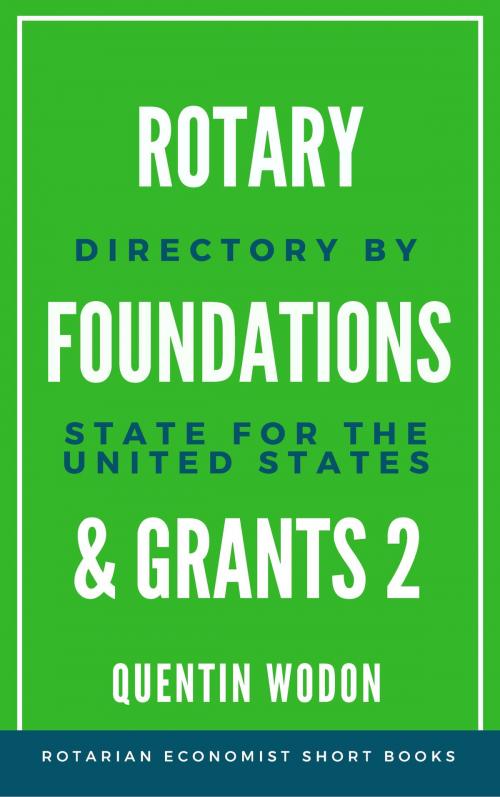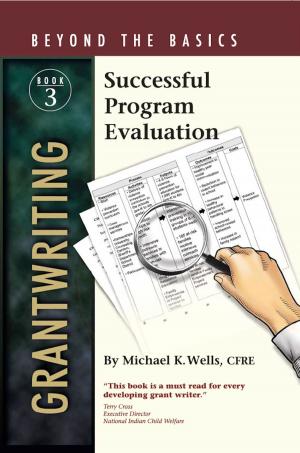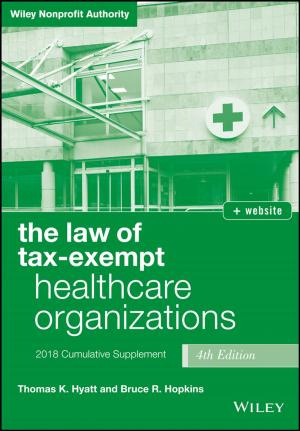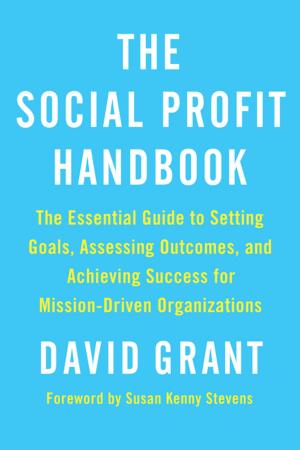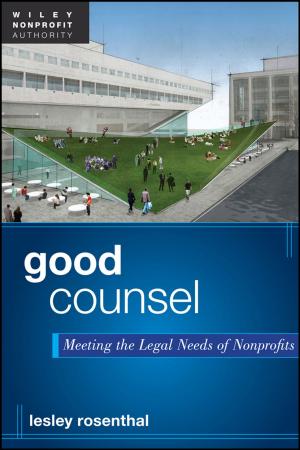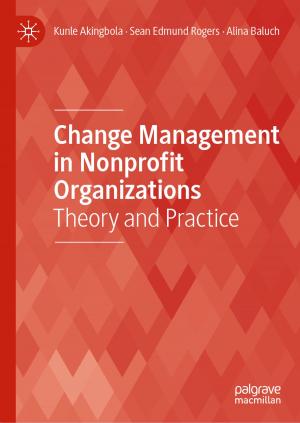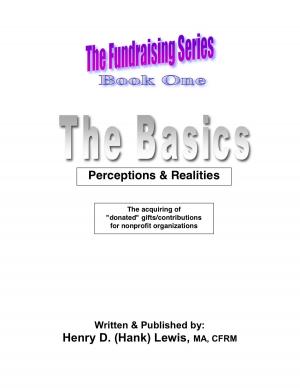Rotary Foundations and Grants 2: Directory by State for the United States
Nonfiction, Social & Cultural Studies, Social Science, Volunteer Work, Business & Finance, Industries & Professions, Nonprofit Organizations & Charities| Author: | Quentin Wodon | ISBN: | 9781946819048 |
| Publisher: | Quentin Wodon | Publication: | February 22, 2017 |
| Imprint: | Smashwords Edition | Language: | English |
| Author: | Quentin Wodon |
| ISBN: | 9781946819048 |
| Publisher: | Quentin Wodon |
| Publication: | February 22, 2017 |
| Imprint: | Smashwords Edition |
| Language: | English |
This book is the second installment in a set of two volumes on Rotary foundations and grants. The first volume provides an introduction for grant applicants and Rotarians to Rotary foundations based in the United States. These foundations include the Rotary Foundation of Rotary International as well as close to 4,000 other local foundations operated by local Rotary clubs, districts, and other entities.
This second volume in the set provides a comprehensive directory of local Rotary foundations based in the United States. While Rotary International maintains a great database of local Rotary clubs which is accessible by all (not only Rotarians) who may wish to make contact with a club or attend a club meeting, it does not maintain a similar database for foundations.
There is therefore no easy way for applicants to find out which Rotary foundations are active in any given geographic area. This is a drawback because as documented in the first volume in this set, club and other local Rotary foundations are numerous and active. In fact, for nonprofits as well as students in the United States, Rotary funding comes primarily from club, district, and other local foundations. By contrast, the Rotary Foundation of Rotary International tends to focus primarily on projects implemented in developing countries.
In order to make it easier for potential grant applicants to find local Rotary foundations to which they could apply in the United States, this book provides a comprehensive directory of local Rotary foundations. Since these foundations tend to focus their grants on projects in their communities, as well as on students living in their communities, the data is organized by state and by city within each state.
In practice, the book lists 501c(3) charitable organizations associated with Rotary clubs, districts, or other entities in the United States. The directory is based on publicly available records from the Internal Revenue Services, using the latest year of data available for each foundation.
In terms of the organization of the directory, foundations are ranked within each state by city in order to make it easier for grant applicants to identify foundations operating in their geographic area. Each listing in the directory consists of the city where a foundation is located, the foundation’s name, and its assets in the latest year of filing with the Internal Revenue Service when assets are available in that filing.
This book is the second installment in a set of two volumes on Rotary foundations and grants. The first volume provides an introduction for grant applicants and Rotarians to Rotary foundations based in the United States. These foundations include the Rotary Foundation of Rotary International as well as close to 4,000 other local foundations operated by local Rotary clubs, districts, and other entities.
This second volume in the set provides a comprehensive directory of local Rotary foundations based in the United States. While Rotary International maintains a great database of local Rotary clubs which is accessible by all (not only Rotarians) who may wish to make contact with a club or attend a club meeting, it does not maintain a similar database for foundations.
There is therefore no easy way for applicants to find out which Rotary foundations are active in any given geographic area. This is a drawback because as documented in the first volume in this set, club and other local Rotary foundations are numerous and active. In fact, for nonprofits as well as students in the United States, Rotary funding comes primarily from club, district, and other local foundations. By contrast, the Rotary Foundation of Rotary International tends to focus primarily on projects implemented in developing countries.
In order to make it easier for potential grant applicants to find local Rotary foundations to which they could apply in the United States, this book provides a comprehensive directory of local Rotary foundations. Since these foundations tend to focus their grants on projects in their communities, as well as on students living in their communities, the data is organized by state and by city within each state.
In practice, the book lists 501c(3) charitable organizations associated with Rotary clubs, districts, or other entities in the United States. The directory is based on publicly available records from the Internal Revenue Services, using the latest year of data available for each foundation.
In terms of the organization of the directory, foundations are ranked within each state by city in order to make it easier for grant applicants to identify foundations operating in their geographic area. Each listing in the directory consists of the city where a foundation is located, the foundation’s name, and its assets in the latest year of filing with the Internal Revenue Service when assets are available in that filing.
